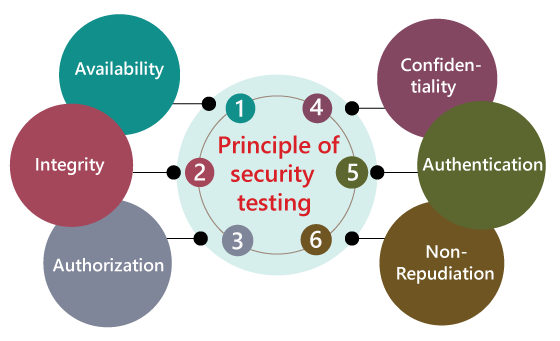Security testing is a type of software testing that ensures that systems and applications are free from vulnerabilities, threats, and risks that could lead to a loss of information, revenue, or reputation. The primary goal is to identify potential security weaknesses and verify that the security measures in place are effective and robust. Here are the key components and types of security testing.
Vulnerability Scanning
Automated Tools: Use tools like Nessus, OpenVAS, or Qualys to scan systems and networks for known vulnerabilities.
Regular Scans: Conduct regular scans to identify and address new vulnerabilities as they emerge.
Penetration Testing (Pen Testing)
Simulated Attacks: Ethical hackers simulate attacks to identify security weaknesses that could be exploited by malicious attackers.
External and Internal Testing: Test both external threats (from outside the organization) and internal threats (from within the organization).
Manual and Automated: Combine automated tools and manual techniques to thoroughly test the system.
Security Auditing
Compliance Checks: Verify that systems and processes comply with security standards and regulations (e.g., ISO 27001, GDPR, HIPAA).
Review Policies: Examine security policies, procedures, and controls to ensure they are effective and up to date.
Risk Assessment
Identify Assets: Determine what assets (data, systems, applications) need protection.
Threat Analysis: Identify potential threats to these assets and evaluate their likelihood and impact.
Risk Mitigation: Develop strategies to mitigate identified risks, such as implementing additional security controls or modifying existing ones.
Static Application Security Testing (SAST)
Code Analysis: Examine source code for security vulnerabilities without executing the code. Tools like Fortify, Checkmarx, and SonarQube are commonly used.
Early Detection: Detect and fix security issues early in the development lifecycle, reducing the cost and effort of remediation.
Dynamic Application Security Testing (DAST)
Runtime Testing: Analyze applications in their running state to identify security vulnerabilities. Tools like OWASP ZAP and Burp Suite are often used.
Behavioral Testing: Assess how the application behaves under various conditions and inputs to uncover vulnerabilities.














